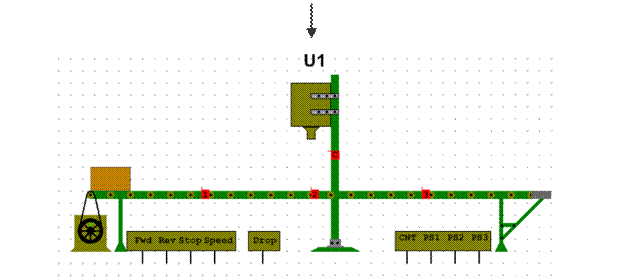From Land and Sea.
Spain occupies most of the Iberian Peninsula, on the western edge of Europe. It is nearly surrounded by the Atlantic Ocean and the Mediterranean Sea. Spain’s dry climate and poor soil make farming difficult. Extensive irrigation allows farmers to raise strawberries and rice in dry areas. Vegetables and citrus trees grow on the coastal plains, and olives and grapes grow in the river valleys. The grasslands of the large dry central plateau are used for grazing sheep, goats, and cattle. People in this region eat roasted and boiled meats. They also raise pigs for ham and spicy sausage called chorizo. And people all over the country eat lots of seafood from the Atlantic and the Mediterranean. One classic Spanish dish, paella, includes sausage, mussels, lobster, or chicken, plus red pepper, peas, tomatoes, and saffron rice. Peasants were the first to make paella, using whatever food was available. But this dish and others also reflect Spain’s history of traders, conquerors, and explorers who brought a variety of food by land and by sea. Phoenicians from the Middle East introduced grapes to Spain in about 1100B.C. Hundreds of years later, Romans brought olives from what is now Italy. In the 8th century A.D., Moors (Muslim Arabs and Berbers from Africa) introduced shortgrain rice and za faran, or saffron – the spice that colors rice yellow. And in the 1400s, 1500s, and 1600s, Spanish explorers and traders returned home with nutmeg and cloves from the East Indies: and peppers, tomatoes, potatoes, and chocolate from the Americas.
|




